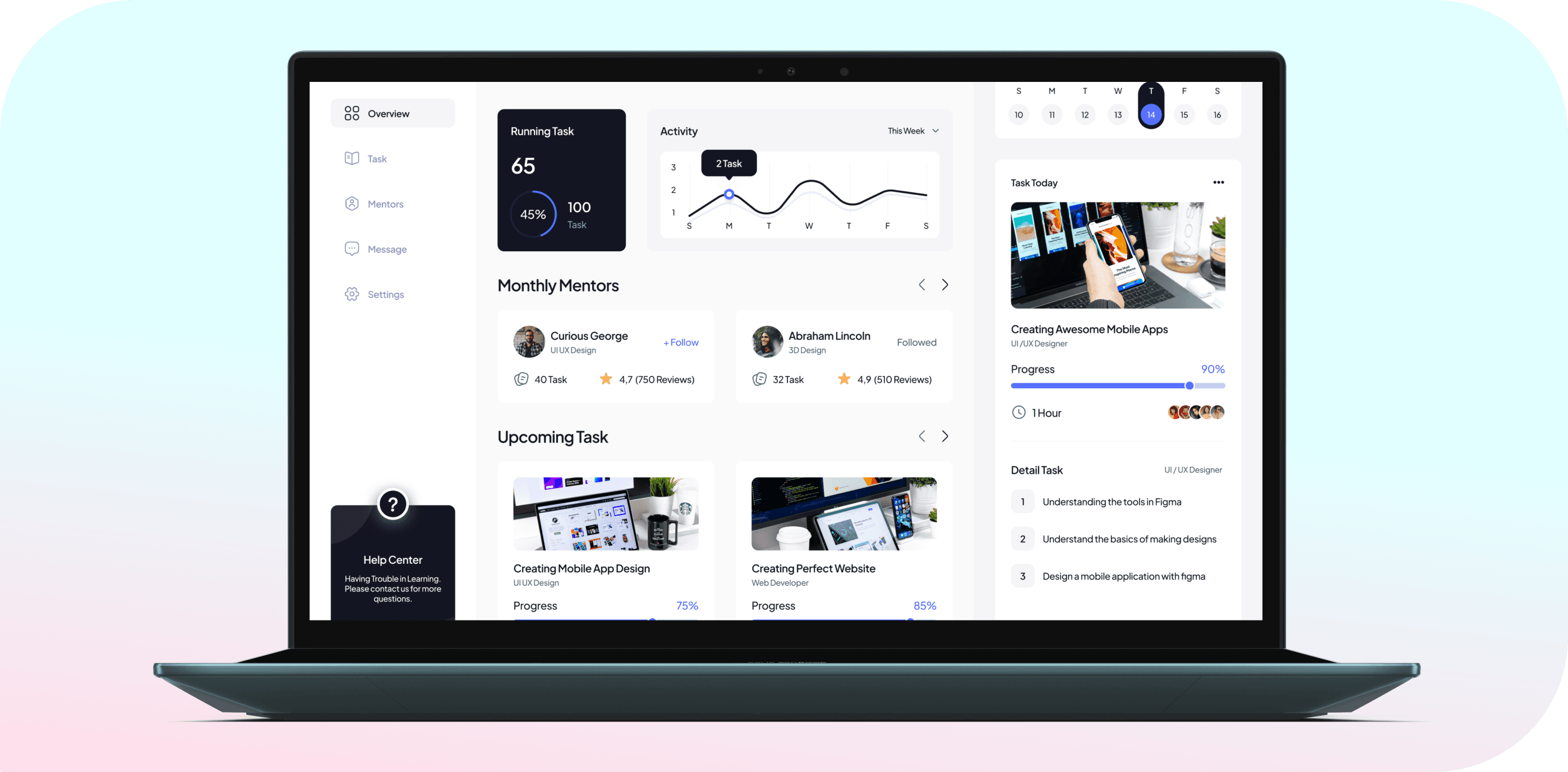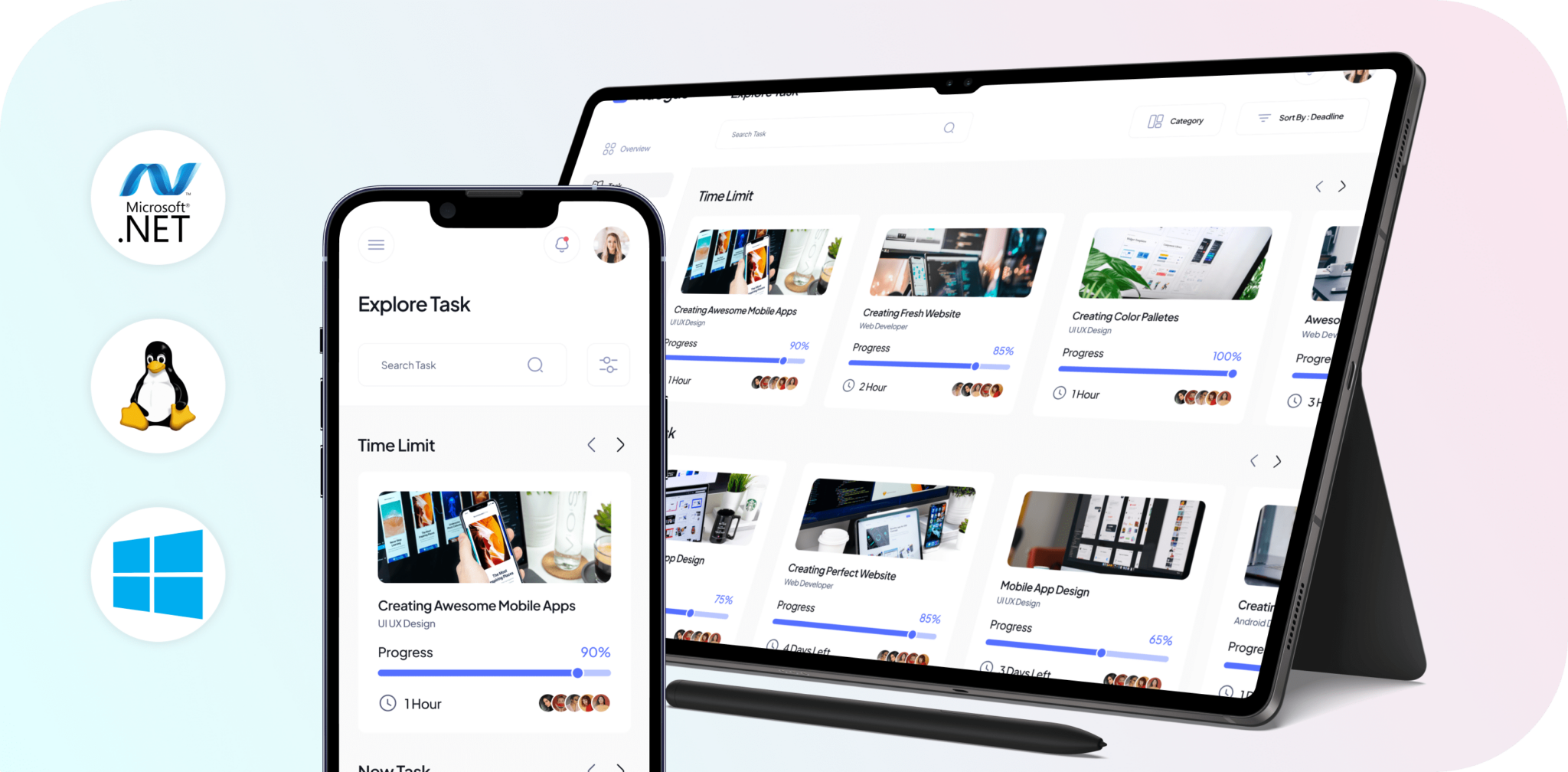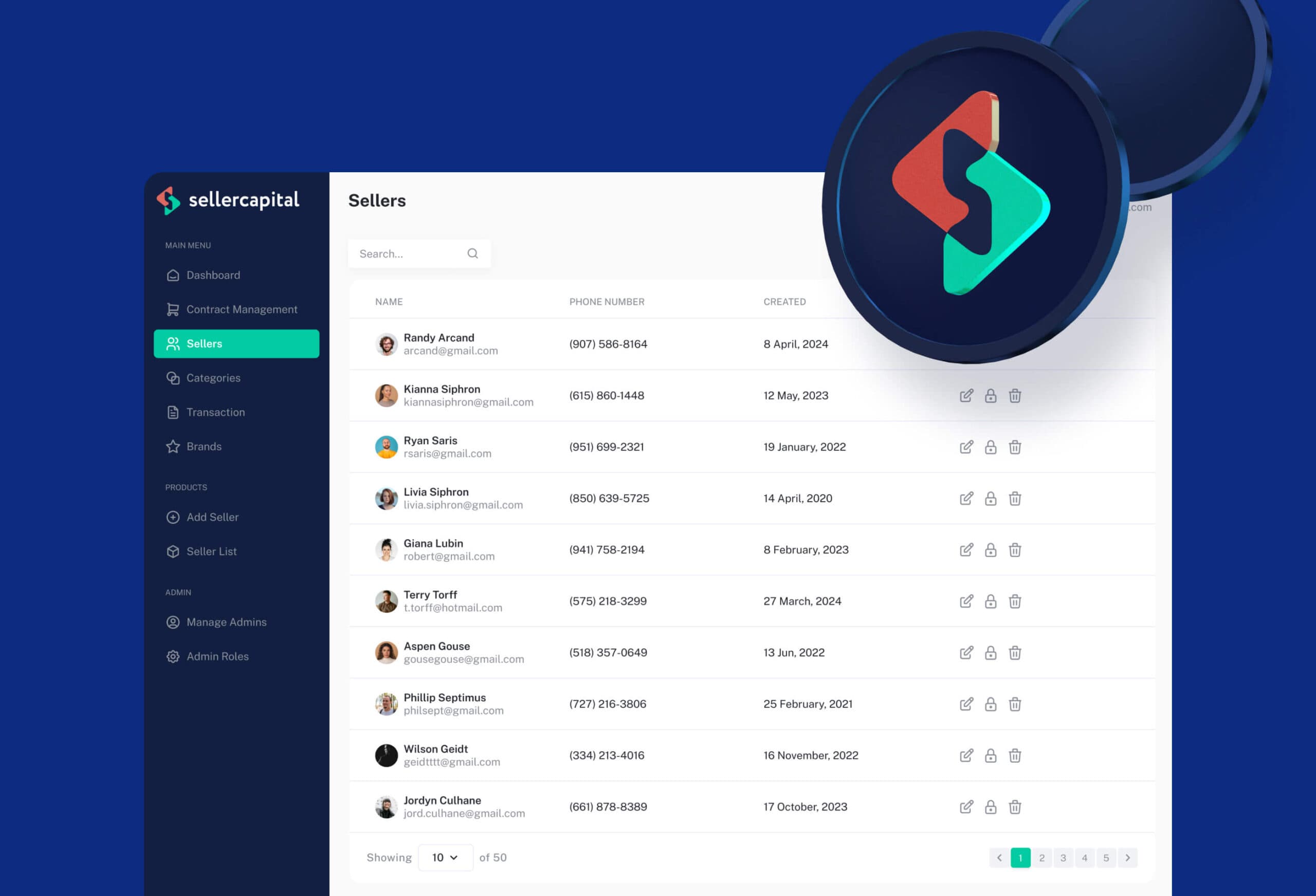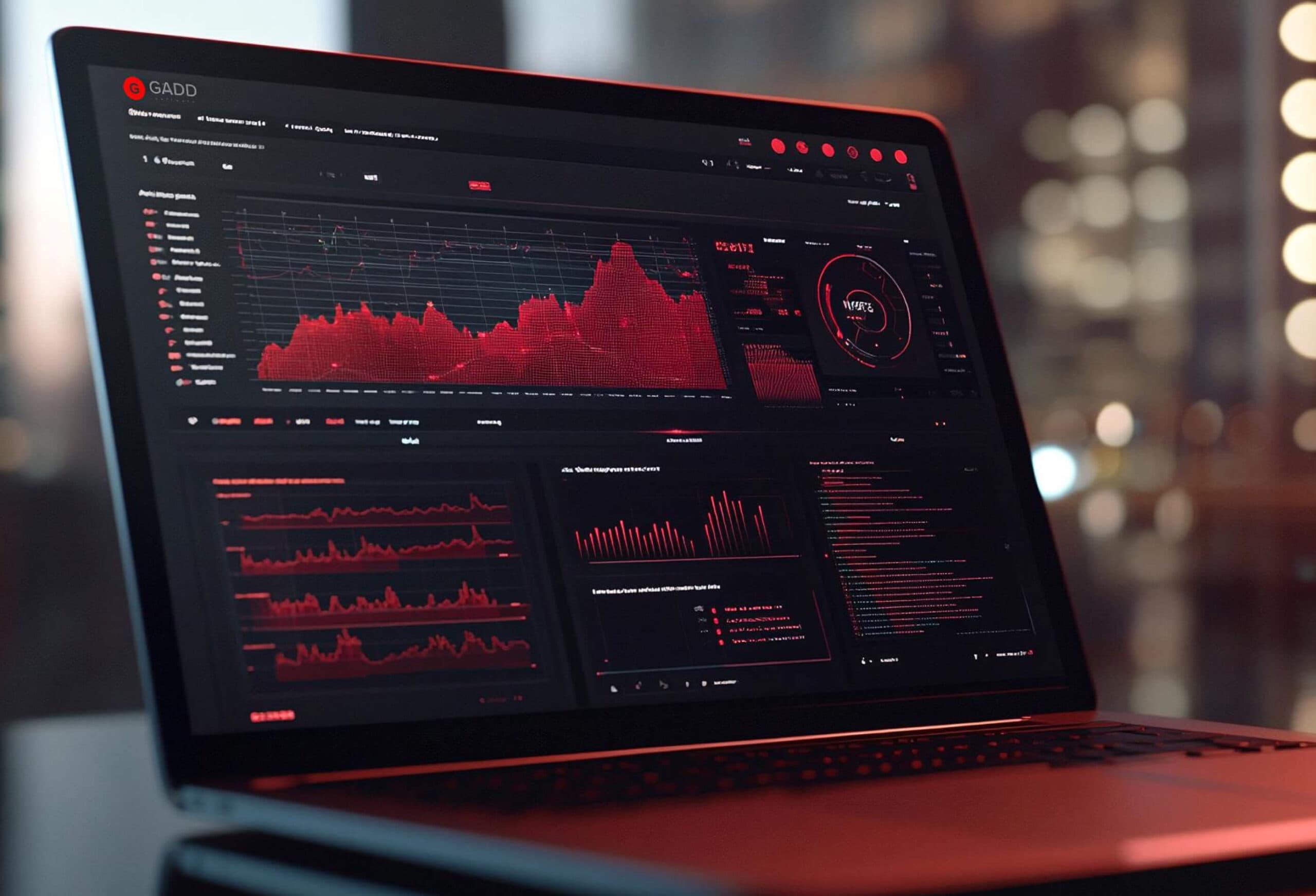Transforming Enterprise Project Management for Linux
Streamlining enterprise project management for cross-platform efficiency

Project background
Overview
A comprehensive enterprise resource planning system designed to oversee portfolios, programs, projects, events, and tasks. It supports all enterprise project management processes, automating the workflows of participants and enabling resource planning and control.
Initially built on the Windows OS using .NET Framework, Web Forms, Razor, and DevExpress components, the client aims to transition to Linux for improved flexibility and performance. The client’s in-house team initiated a migration project to decouple the user interface from business logic, modernizing the platform architecture by adopting React for the frontend and .NET Core for the backend.
Our role involves working under an outstaffing model, focusing on frontend feature migration and backend maintenance.
Project goals
- Transition ERP system from Windows to Linux for better scalability and platform independence.
- Migrate the frontend to React, ensuring a seamless user experience with modern UI components.
- Upgrade the backend to .NET Core for enhanced performance and modularity.
- Achieve full compatibility with Linux environments while maintaining feature parity.
- Deliver a robust and user-friendly platform that automates all enterprise project management workflows effectively.
- Webapp
- 9team members
- 1500+hours spent
- MarTechdomain
Challenges
- Migrating from a Windows-based system to a Linux-compatible architecture.
- Decoupling tightly integrated frontend and backend components built on .NET Framework and Web Forms.
- Adapting existing DevExpress components and Razor pages for a React-based UI.
- Coordinating work between backend developers fixing legacy issues and frontend developers migrating functionalities.
- Making sure the new system architecture supports future growth and additional modules.

Our approach
Solution
Our collaboration with the client was based on a staff augmentation model. Our backend developers focused on addressing and resolving critical bugs in the system, while our frontend specialists took responsibility for re-implementing functionalities using React. The team maintained close communication with the client’s technical leads to align on the system’s architecture, coding standards, and development priorities. By adopting an agile methodology, we were able to deliver iterative improvements while adapting to evolving requirements and challenges.
The original system, built on .NET Framework and Web Forms, was transitioning to a modern architecture for compatibility with Linux. The frontend was redesigned using React, replacing the previous Razor and DevExpress components. Meanwhile, the backend was rebuilt on .NET Core, leveraging its cross-platform capabilities. Our team worked on re-engineering specific modules of the frontend, while backend efforts focused on optimizing APIs and addressing legacy issues. Throughout the process, we made sure that all new features adhered to best practices in performance, scalability, and maintainability.
Team
The project team consisted of nine members, including one project manager and two technical leads who oversaw the division of work. The remaining six developers were evenly split between backend and frontend, focusing on their respective domains. Each team member brought expertise in modern web development technologies, contributing to a smooth transition from the legacy system to the updated architecture.
Results
The modernization project successfully upgraded the system’s usability and performance, paving the way for a complete transition to Linux. Key modules were restructured with React on the frontend, improving the user experience, while backend components were upgraded to .NET Core.
Our efforts resolved critical system bugs, accelerated development timelines for new features, and strengthened the system’s architecture. This collaboration allowed the client to continue their journey toward a fully modernized and efficient ERP solution.
Tools and tech stack
More Projects

- finance
- dotnet
- webapp

- retail
- dotnet
- staffaugmentation



